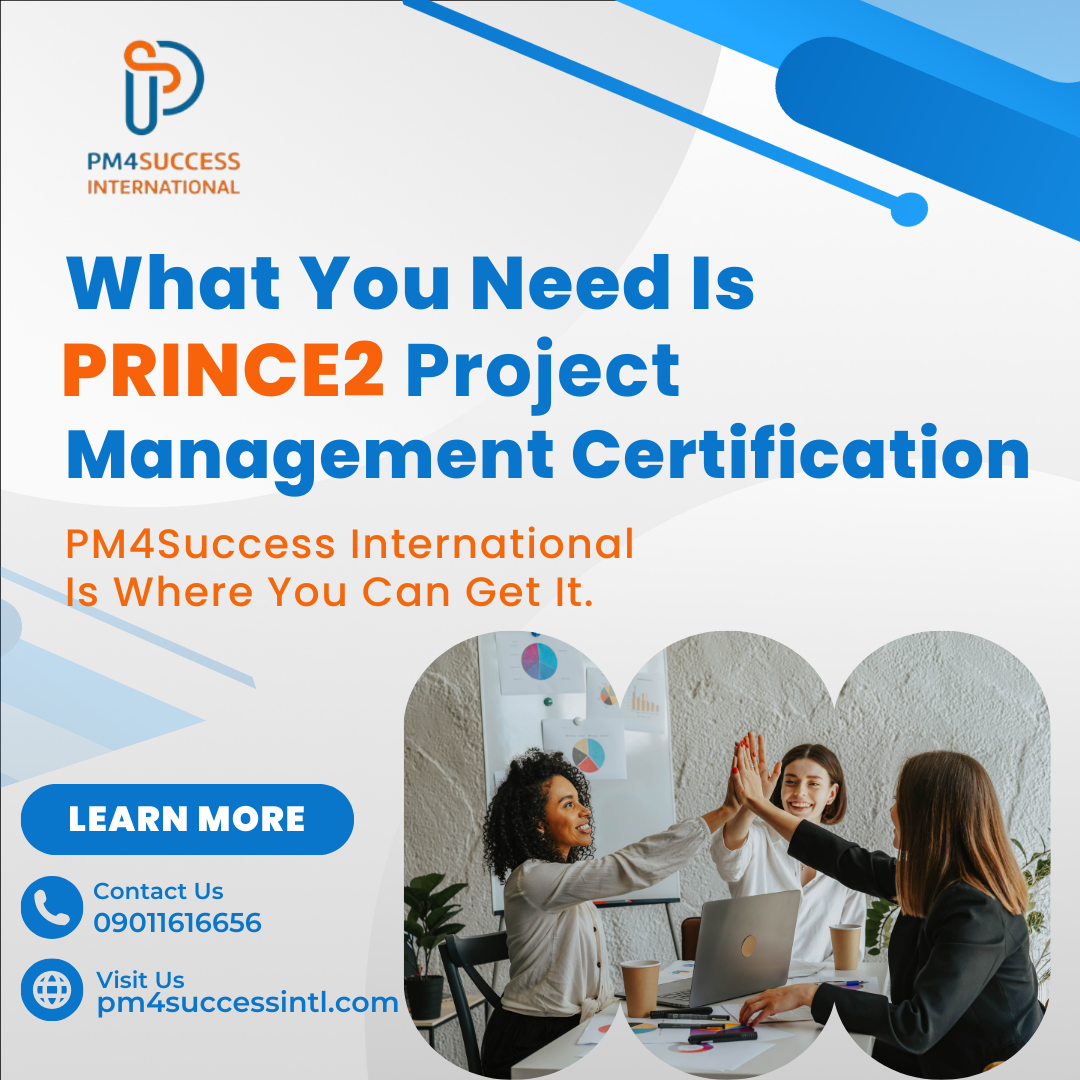
Everything You Need to Know About PRINCE2 Project Management. PT2
- March 5, 2024
In the first part of our PRINCE2 methodology series, we delved into the adaptability, benefits, and pivotal roles within this structured project management approach. (You can catch up on that discussion here). Now, let's explore the concluding yet intriguing part of this series where we will uncover key aspects and phases of a PRINCE2 project.
Key Aspects of a PRINCE2 Project
- Business Case: A well-defined business case is fundamental to a PRINCE2 project. It outlines the justifications, benefits, and expected outcomes, guiding project decisions.
- Quality Management: PRINCE2 emphasizes maintaining and improving quality throughout the project. Quality criteria and methods are established to meet the project's objectives.
- Plans: Detailed plans, including product-based planning, help in organizing and managing resources effectively to achieve project goals.
- Risk Management: The identification, assessment, and management of risks are integral to PRINCE2. Strategies are developed to mitigate potential issues and uncertainties.
- Change Control: A systematic approach to handling changes is implemented to ensure that changes are properly evaluated, approved, and communicated.
- Progress: Regular progress monitoring against the project plan and business case helps maintain control and enables informed decision-making.
Phases of a PRINCE2 Project:
- Starting Up a Project (SU): Define the project's scope, objectives, and feasibility. Appoint the project management team and establish the project management infrastructure.
- Initiating a Project (IP): Develop a detailed project plan, define roles and responsibilities, and establish a solid foundation for the project. The Business Case and project strategies are refined.
- Directing a Project (DP): High-level project direction and decision-making by the Project Board. Ensures alignment with organizational objectives.
- Controlling a Stage (CS): Manage the day-to-day activities of a project stage, ensuring that work is progressing as planned and within tolerance.
- Managing Product Delivery (MP): Ensures that products (deliverables) are developed and delivered as per the agreed specifications and quality standards.
- Closing a Project (CP): Formal project closure activities, including obtaining project approval, capturing lessons learned, and ensuring a smooth transition of the project's deliverables.
PRINCE2 Practitioner Certification:
- The PRINCE2 Practitioner certification is perfect for individuals aiming to showcase their ability to apply PRINCE2 principles in real-life projects.
Best Place for Effective Preparation:
- At PM4Success International, we take pride in our meticulously crafted courses designed to equip you with the knowledge and skills needed to excel in the PRINCE2 Practitioner certification exam. Our approach involves hands-on practical training, ensuring that you are not only well-prepared for the exam but also ready to apply PRINCE2 methodologies confidently in actual project management scenarios.